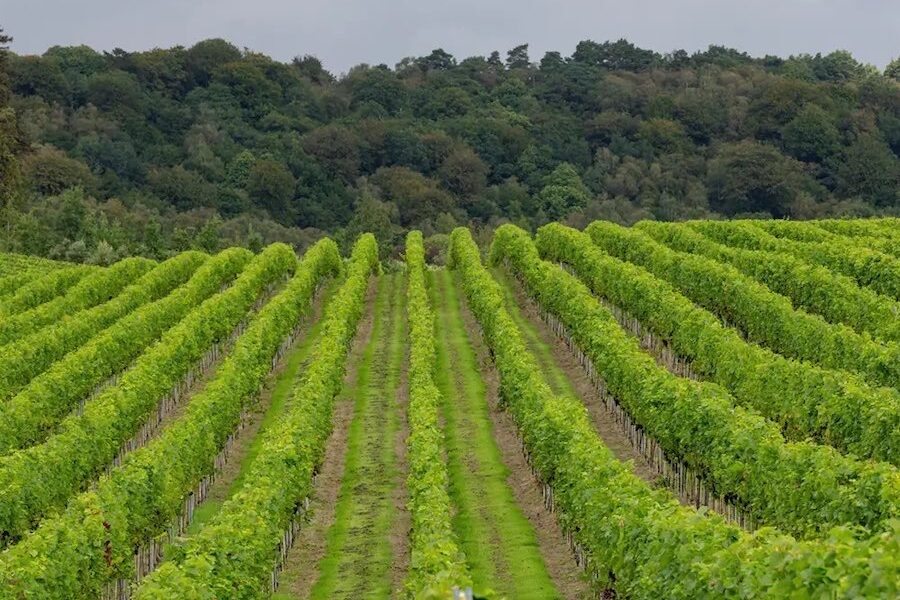AS winter approaches, readers have asked for suggestions on hardy shrubs that provide colour through the colder months.

The first that comes to mind is the camellia family. The Camellia Society worldwide has listed more than 3000 named and distinct varieties of camellias.
The main family of camellias comprise camellia japonica, sasanqua, williamsii and reticulata, all principally from the Far East.
Today I will focus mainly on sasanqua as it is the first to flower in mid-winter and lasts for a long period. It is more robust than other varieties of camellia, being able to withstand sun, mainly due to its small leaves in comparison to, for example, japonica. And it attracts one of my favourite birds, the honeyeater, which loves the nectar.
Sasanqua has another advantage in its ability to grow fast, making it an ideal choice for creating a dense hedge. Indeed, in our own garden the back hedge has sasanqua Hiryu now at a height of three metres, although this can be kept lower.
For hedges, I suggest they are planted a metre apart. And when planting a hedge, dig a trench not individual holes, which will allow the roots to spread sideways establishing the hedge quicker.
Water in immediately after planting with certified organic Maxicrop Seaweed Plant Nutrient. This specifically promotes root growth and without that there will be no top growth. Follow this up every few weeks in spring.
Given the often severe frosts in this district, I suggest not to grow the white varieties of camellia. The flowers will quickly brown off as the sun hits the frost-covered plants in the early morning.
The timing of pruning is very important and definitely not now with camellias in full bud, but immediately after flowering in late winter or early summer for this variety. Japonica should be pruned in early summer.

BERRIES play an important part in the winter garden for feed for birds, although some with bright, bird-attracting red berries are now on the weeds list (such as cotoneaster and pyracantha).
One shrub with amazing, bright though bitter berries is callicarpa Profusion. The bronze-purple leaves in spring are followed by lilac flowers in summer. The autumn leaves change to deep rose-purple with the stunning clusters of purple berries in winter. This deciduous shrub, introduced to the west from China in 1845, can grow to three metres.

THEN we have the wonderful winter fragrance of viburnum fragrans farreri with its soft-pink flowers. This was also introduced from China and given the name farreri after Reginald Farrer who, with the plant hunter William Purdom, found it growing wild and introduced it into Britain in 1910.
Jottings…
- Give lawns a last feed before winter as they green up with some autumn rain.
- Be careful when planting bulbs not to disturb emerging hellebores.
- If the hellebore leaves weren’t cut back to ground level earlier, it is not too late to do it now for extra winter flowers.
- Don’t trim daphne plants at this time as the buds are forming for winter flowers.
Who can be trusted?
In a world of spin and confusion, there’s never been a more important time to support independent journalism in Canberra.
If you trust our work online and want to enforce the power of independent voices, I invite you to make a small contribution.
Every dollar of support is invested back into our journalism to help keep citynews.com.au strong and free.
Thank you,
Ian Meikle, editor




Leave a Reply